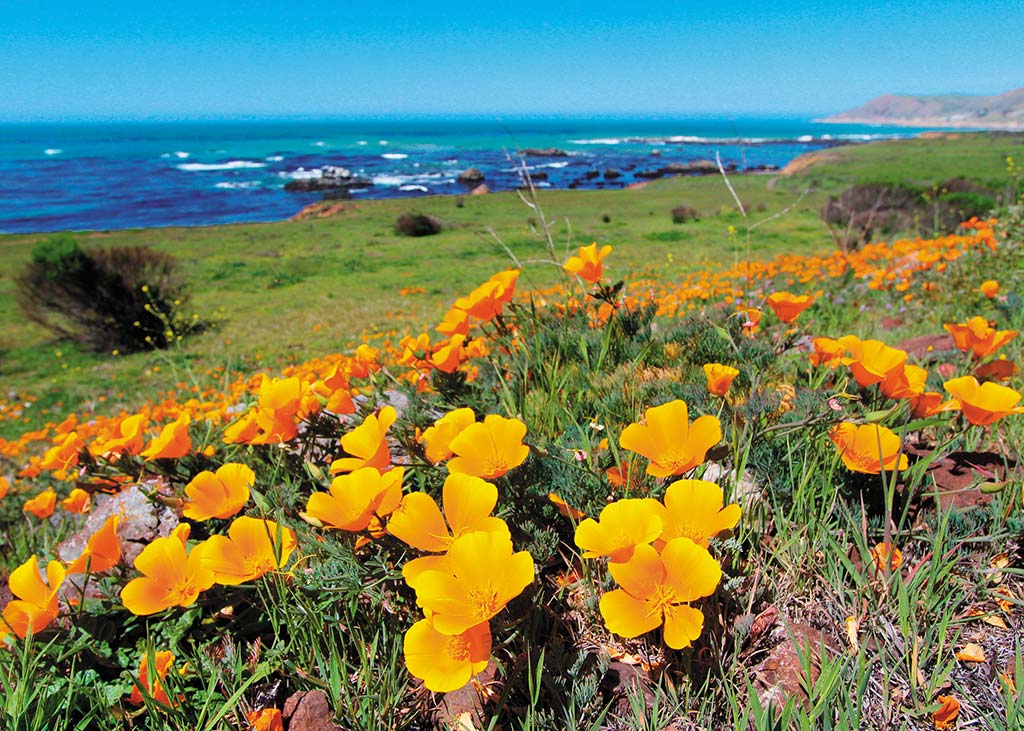When to Visit Northern California
If you can’t decide between the beach or the mountains, city nightlife or quaint historical towns, and sleeping in luxury or roughing it, then Northern California is your ultimate destination. Dense in urban culture, awash in vineyards, and with some of the most scenic landscapes in the world, Northern California is a multi-faceted gem. Yosemite National Park, Lake Tahoe, Big Sur, and San Francisco are among the top 10 on most travelers’ bucket lists. But beyond these headliners are lesser-known acts: towering coastal redwood trees, Gold Rush-era ghost towns, and a smoldering volcano, just to name a few.

San Francisco is the cultural heart of Northern California. Fine art, radical ideas, and world-class cuisine mix easily in this cosmopolitan city that loves its politics as much as its nightlife. In Wine Country, locals beckon you to enjoy life one sip at a time. Natural wonders and wide-open spaces dare outdoorsy types to climb Yosemite’s granite peaks, hike among redwoods in Sequoia and Kings Canyon, ski Tahoe’s powdery slopes, and dip their toes into the enchanting sea at Big Sur.
Whether you’re a visitor discovering its wonders for the first time or a seasoned native looking to explore its hidden treasures, Northern California awaits.
When to Go
Northern California’s best feature is its all-season appeal. Yosemite’s waterfalls are at their peak in spring, when the crowds are fewer. This is also a great time to visit Big Sur—lodging rates drop, as do the number of visitors, while blooming wildflowers make for colorful road trips.

Mark Twain may never have said the famous, “The coldest winter I ever spent was a summer in San Francisco,” but it doesn’t make the statement any less true. Unsuspecting visitors are frequently surprised by the wind and fog that blow through the city June-August. Regardless, summer remains Northern California’s travel season; expect crowds at popular attractions, wineries, national parks, and campgrounds.
Fall is a wonderful time to visit, as the summer crowds have left, but winter rain and snow have not yet closed Yosemite, Shasta, or Tahoe. September in particular is San Francisco’s “summer,” with warm sunny days and little summer fog.
In winter, Tahoe draws crowds for skiing and snowboarding. Unfortunately, it also draws heavy traffic along I-80, which can close because of snow and related accidents. Yosemite’s roads are closed in winter, including Highway 120 and the Tioga Pass, which links the Eastern Sierra to the west entrance of the park. Heavy rains can also flood Wine Country roads, leaving travelers stranded.
Before You Go
The most central place to fly into is San Francisco International Airport (SFO), but you can avoid some of the hassle of this large facility by flying into smaller airports in Oakland, San Jose, or even Sacramento.
Unless your trip is focused on San Francisco, plan to rent a car to explore the rest of the region. Winter drivers should carry tire chains for unexpected snows in the high Sierra.
Book hotels early and buy tickets for big-name attractions (like Alcatraz in San Francisco) in advance, especially in summer. If you plan to visit any well-known restaurants, make those reservations early as well. Lodging and campground reservations are particularly essential in Yosemite and Big Sur.
Summer fog is likely along the coast and is pretty much guaranteed in San Francisco, making the air damp and chilly. Bring layered clothing, especially a wind-resistant coat and a warm sweater, as well as sunscreen.
To visit the United States from abroad, you’ll need your passport and possibly a visa.